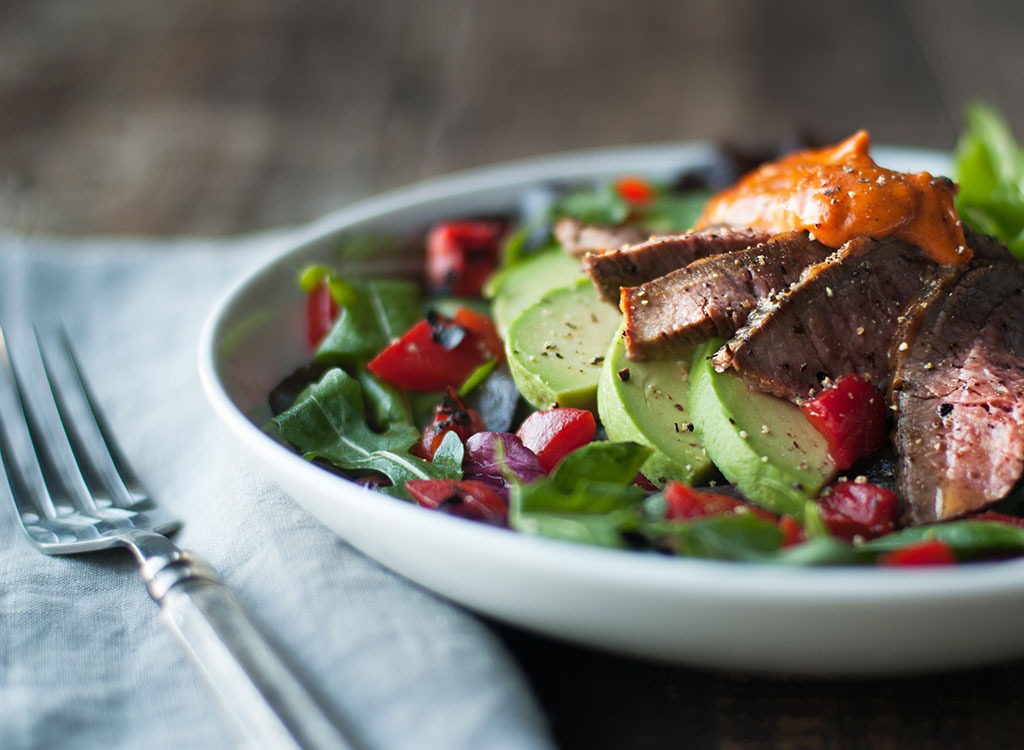Are you interested in making a healthy lifestyle change with significant results in the shortest possible time? Do you have a month? Millions of beginner and veteran wellness enthusiasts have flatly praised the Whole30 diet as a way to fuel a natural recovery of body systems and ultimately the transition to a paleo diet or other whole food-focused diet. While the diet seems extremely restrictive and delicate (some emulsifiers and thickeners in prepared products are banned), Whole30 has helped many people really understand what clean food really means.
Once you are at 30 days your shopping and eating habits will be in tune with a healthy diet that consists primarily of whole foods. Most importantly, however, your body will be better equipped to cope with long-term change, with less cravings for sugar and processed foods. But crossing the Whole30 goal doesn’t give you permission to eat cupcakes and ice cream. Rather, it’s about reintroducing foods like goat cheese, hummus, and freshly ground peanut butter into your diet, managing your cravings, and enjoying dessert in moderation, there we said it. That said, here are the top things you need to know before you start Whole30, many of which will also be helpful if you plan to switch to Paleo later.
Unfortunately for vegans and vegetarians, this diet is not an option: legumes, beans, legumes and soy are all verbatim. Vegetarians would lose protein, calcium, and other nutrients from dairy products, and neither would have access to simple or complex energy-providing carbohydrates. The good news is that diet is ideal for the newly health conscious omnivore.
No sugar, sweetener, corn syrup, beet sugar, agave syrup, maple syrup, coconut sugar … you know. You will have to say sayonara to sugar, in any form, for the next 30 days. And although you can enjoy all kinds of fruit in your diet, it is recommended that you stick to two servings a day. Because? The problem with fruit is not sugar, but carbohydrates. Melissa Hartwig, co-creator of the Whole30 diet, explains in a diet FAQ: “We want to make sure you don’t rely on fruit to satisfy your sugar cravings, as this won’t help you change your dessert habits. or sugar. ”
Whether it’s an ice cream, a glass of Chianti, or a stout with body, alcohol includes many empty calories in the form of carbs and sugar. The average cosmopolitan, for example, has almost 24 grams of carbohydrates, 22 of which are sugar. But pure gin, rum, whiskey and vodka do not contain added sugar, you say? You are in Whole30; you are kind to the liver, kidneys, and lungs. Enjoy the latest hurricane, then put it all in the closet or drain.
One of the main problems with added sugar to the current diet is that many do not realize how many names are hidden. Cane crystals, corn sweetener, corn syrup solids, crystalline dextrose, evaporated cane juice, fructose sweetener, and fruit juice may stand out as obvious sweeteners, but what about anhydrous dextrose, diglycerides, disaccharides, glucose, glucosamine, isomalt, and maltodextrin? Familiarize yourself with the many forms of sugar to buy smarter: one of the main principles of Whole30.
Speaking of detecting added sugars in prepared foods, the fewer ingredients on a label, the more likely Whole30 is to be approved. And by the way, we mean less than about three; less than three if you are doing your best. If a packaged bone broth has seven ingredients, it is out of order. Ideally, there should be no label on your food, as it does not come from a package. Freshly ground almond butter contains almonds. You’ll want to throw this Jif jar away.
Bread, pasta, pizza, cookies and any grain-based food are prohibited, including gluten-free grains such as quinoa and brown rice. According to Whole 30, banned foods contain “wheat, rye, barley, oats, corn, rice, millet, bulgur, sorghum, whole grains, and all gluten-free pseudo-cereals such as quinoa, amaranth, and buckwheat.” But leaving them behind for 30 days is an essential part of accessing the startup that Whole 30 offers to your body. The site and the book also point out that a thorough reading of the label will help prevent accidental ingestion of commonly added wheat, corn, and rice ingredients such as bran and starch.
So what fuel will you run on? Vegetables, including starchy foods such as corn, squash and potatoes, and fruit in moderation. Keep in mind that the end goal is extremely low in sugar, so consider fruits like green apple, raspberry, blackberry, strawberry, watermelon and molasses. Are you looking for a satisfying sedative? Infuse any combination of these fruits along with fresh herbs in a jug of water and moisturize your system with a delicious style.
All forms of beans, legumes and legumes are avoided in the Whole30 diet, one of the reasons why the diet is not suitable for vegetarians and vegans. Guess what about legumes and beans? Peanuts and soy, respectively. Therefore, unfortunately, you should avoid peanut butter or tofu, soy milk, soy sauce or edamame. As a diligent label reader, pay attention to soy lettuce, a common food additive used in emulsification.
Whole30 wholeheartedly endorses a homemade mayonnaise recipe that will drop your socks. Use it as a sauce, spread, seasoning for meat, fish or poultry or as a dressing for a satisfying creamy texture and a spicy taste that is better than any grocery version.
Quite simply, this rules out everything that comes from an udder. While plant-based milk such as almonds, cashews, and hemp is good, beware of over-the-counter emulsifiers like carrageenan, guar gum, and the jelly gum that help keep the liquid homogenized.
Although dairy products are off the list, clarified butter or ghee are very important. Because? Milk solids have been removed, leaving behind a healthy fat with a high smoke point, perfect for frying vegetables, roasting potatoes or boosting grilled fish or steak with a rich flavor and lactose-free butter. Extra virgin coconut and olive oils also have a green light.
These food additives can add an inimitable flavor, but they are also difficult to break down organs. This diet is about a complete detox: you don’t want a distracted liver. Check MSG labels in any form and avoid sulfites in foods such as bottled lemon and lemon juice and some types of dry, fermented, and pickled foods.
Avocados are not only allowed on Whole30, but they are encouraged. Crush them, distribute them and chop them to your liking along with natural condiments such as fresh herbs, lemon juice, cayenne pepper, ground cumin and sea salt.
As Hartwig reminds us, “a pancake is still a pancake, even if it’s made with coconut flour.” You have a wide world of Paleo cooking to look forward to, but now is not the time to hack Whole30-approved ingredients into cupcakes that you already know will be terrible. Whole30 deals with both discipline and general well-being; in fact, you cannot experience general well-being without discipline. Complete this little 30-day challenge without “cheating” pizza crust or brownies, and you’ll reach a whole new level of nutritional well-being.
It doesn’t matter if you lose or gain weight with this diet. Weight control is not the point of Whole 30. This completely food-based wellness plan promotes optimal organ health, digestive regularity and increased metabolism in preparation for a less restrictive but equally long-term lifestyle. nutritious. So dieters are encouraged to avoid weighing themselves during the diet. Put the scales in place before you start, and then store them in a closet to avoid temptation and maximize motivation.


Comments are closed.